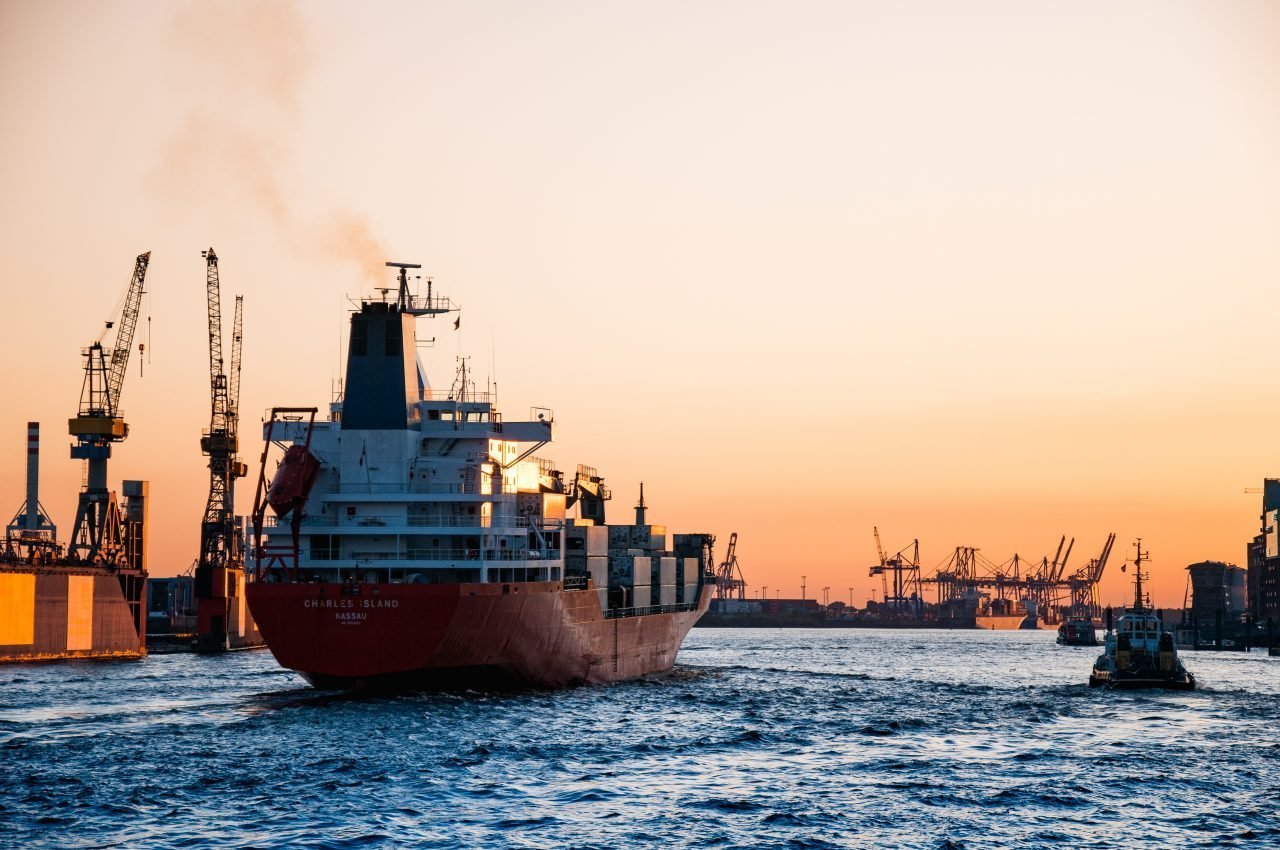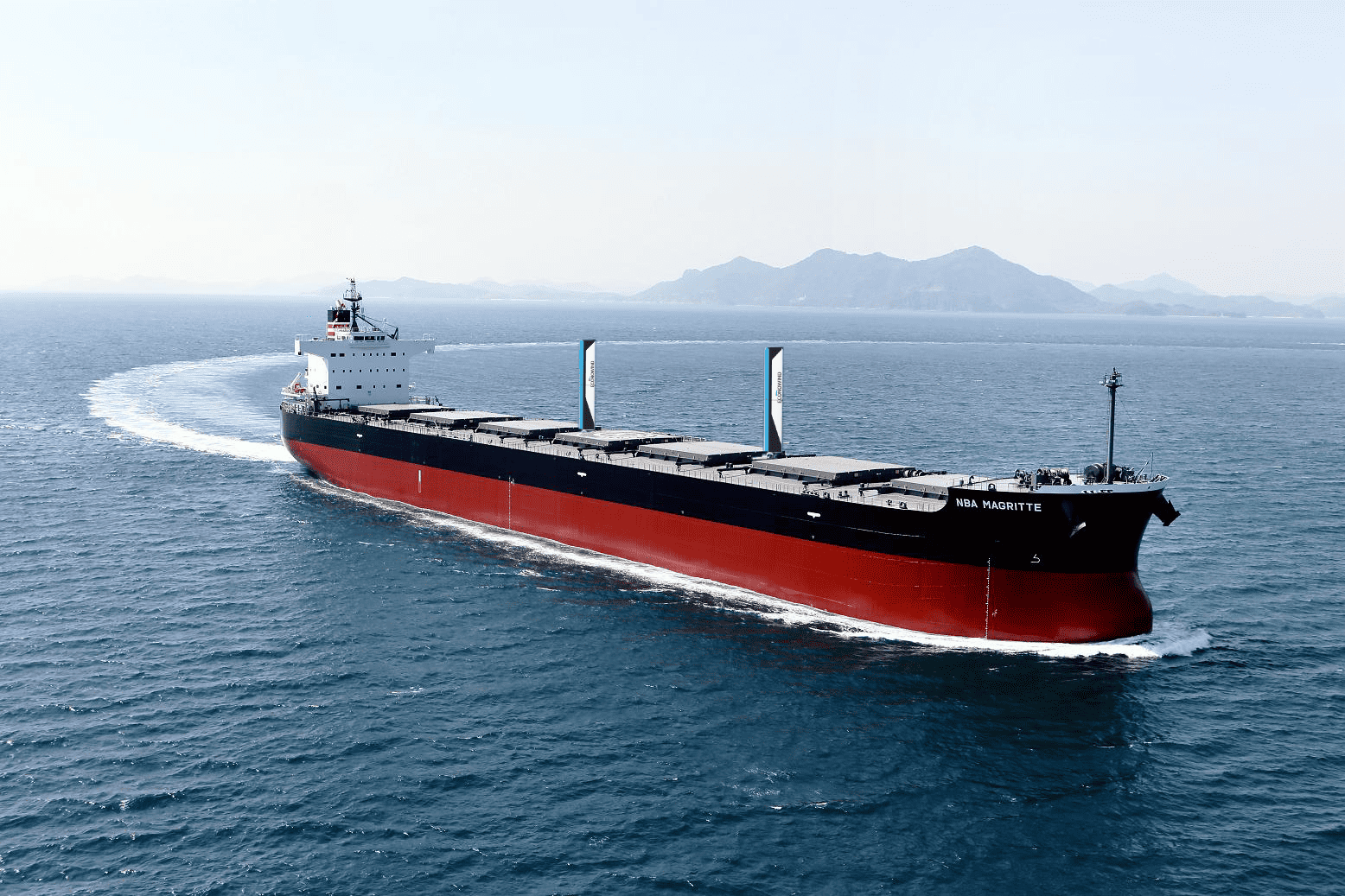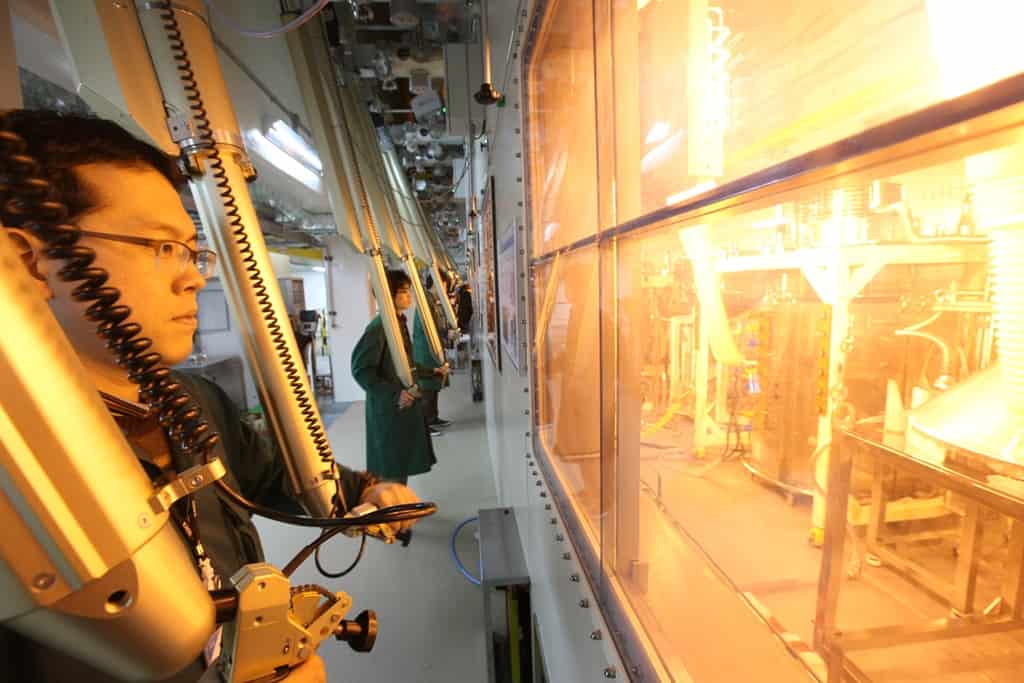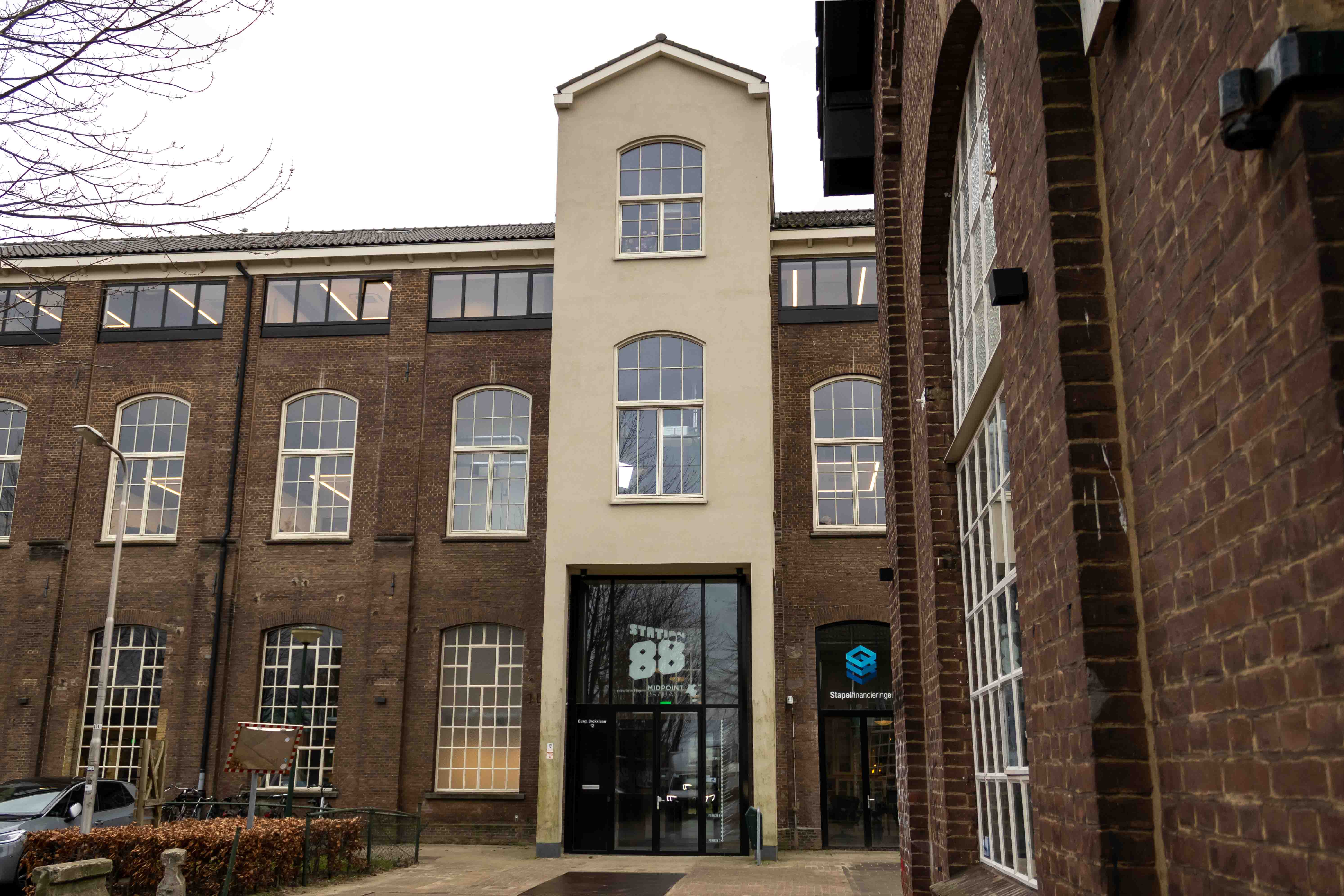
We4Sea helps ship charterers and ship owners to reduce the fuel consumption and emissions of their ships. And they do this without needing to install sensors on board. This energy-intensive sector can reap substantial profits with the help of big data. Especially now that fuel costs are soaring.
CEO Dan Veen elaborates on their services.
What motivated you to set up the company?
Co-founder Michiel Katgert and I have a passion for shipping. The downside of this wonderful and global industry is its relatively large impact on the environment. Shipping has a major impact on the environment due to the large amounts of industrial oil that is used daily. We aim to use our expertise to help improve ships by greatly improving their fuel efficiency. Research at TNO (where we used to work) has led to an idea for helping shipping companies and charterers to cut down on emissions from their ships.
What are you doing?
90% of all goods around the world are transported by ship. The maritime sector consumes enormous amounts of crude oil -up to 100,000 liters per day per ship. As a result of new regulations aimed at reducing emissions, fuel costs will rise to 50% as of January 1st next year. Shipowners are therefore looking for existing or new techniques geared towards monitoring fuel consumption and conservation. However, the purchase and installation of sensors is expensive, and the uncertainties surrounding this is considerable. To date, the use of data analysis in the maritime sector has been very limited when it concerns predicting consumption in combination with new technical measures or technologies.
We4Sea helps ship owners to monitor and lower their fuel consumption. We4Sea can provide accurate and real-time insight into fuel consumption and ways to improve it. This requires using big data and simulation models. The data provides insights into where profits could be made. There are two areas where measures can be taken: operational and technical.
In operational terms, we can advise on economical speeds. This means that a recommendation is made on the speed that leads to the lowest fuel consumption based on the ship type and the weather forecast. This can save up to 10% in fuel consumption.
Another common factor is that the ship is used for a purpose that differs from their design. Almost all the ships that we monitor do not sail the way they were originally designed to. For instance, a ship doesn’t reach the high speeds for which it was built. If that is permanent, you can adapt the propeller, engine or hull to the new situation. This can often reduce consumption by between 5 to 10 percent.
How is your company different from comparable companies, how do you try to distinguish yourselves?
We4Sea has a unique technology which means that we don’t have to install any sensors to be able to give an accurate picture of the performance of ships. Installing sensors on ships is often complicated. This is because the ship has to be in a port and cannot be used for a few days or several weeks. Moreover, maintenance and calibration are required, and in the event of a breakdown, the data supply is immediately cut off.
We4Sea’s technology uses a sophisticated combination of various data sources, such as satellite data, vessel position data, weather data and the ship’s technical data. These are all in aid of enabling the Digital Twin simulation mode to calculate what the ship’s energy consumption should be at that particular moment in time. This creates an accurate overview in real-time of the ship’s usage. This estimate is regularly validated using the ship’s fuel consumption and speed data, usually once a day. Discrepancies between theoretical and reported usage often signify inefficiencies that can be addressed. This monitoring method means that a ship could be monitored with a minimum of investment. After analysis of the data, concrete cost-cutting measures can be proposed.

How has the response been?
The response has been very positive. The high level of accuracy for the data analyses and fuel consumption projections were particularly well received.
What obstacles have you come up against?
The main problem is the speed at which this technology is being accepted by the industry. Many shipping companies have limited expertise in data analysis, which means that the implementation and acceptance of this technology is progressing slowly. Thanks to internationalization, decisions about the application of the technology are often divided between various companies, each with its own role: ship owner, technical manager, charterer, end customer. In most cases the shipowner is not the one who pays for the fuel, while the charterer, who foots the fuel bill, doesn’t have long-term contracts with the ship owner either.
What has been the main highlight for We4Sea so far?
There have been a number of highlights. Like the first version (MVP) of our online platform back in November 2016. The signing of our first commercial contracts with clients and, of course, the favorable reactions of some of our clients.
What will happen in the coming year?
In January 2020, new regulations will come into force which will increase the charterers’ fuel costs by 25 – 50%. We are anticipating a much greater level of interest in fuel monitoring and fuel efficiency. By the end of November 2019, we will be launching a new module that will provide charterers with immediate insight into this. We have high expectations for this.
Where will We4Sea be in five years’ time?
We will have reduced CO2 emissions by one million tons in the shipping industry. This is comparable to the annual emissions of 300,000 cars.
Are you interested in start-ups? Read all articles from our series here.







